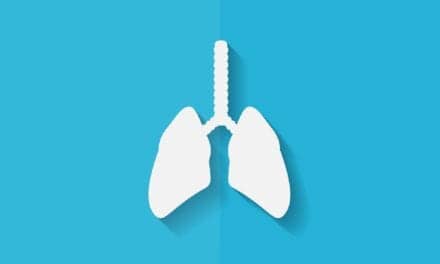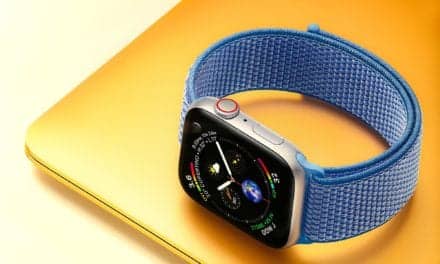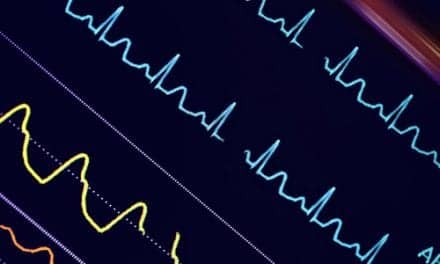The US Food and Drug Administration has granted 510(k) clearance to GE HealthCare’s Portrait Mobile wireless and wearable monitoring solution.
The Portrait Mobile platform enables real-time continuous monitoring with a personalized view of the patient’s vitals while keeping patients mobile during critical recovery periods, especially after surgery or discharge from the intensive care unit.
Continuously monitoring patients and having a real-time view of data can help clinicians recognize deterioration earlier than traditional spot-check methods, which typically occur only every four to six hours. The wireless patient-worn sensors combined with the smartphone-sized monitor eliminate all traditional tethers, allowing patients to move about the ward freely, key to helping improve outcomes and reduce length of stay.
The system’s dual-vector respiration rate measurement technology leverages an innovative algorithm designed for mobile patients, better capturing continuous respiratory rate through optimized electrode placement even with changing breathing patterns.
“Patients recovering from major surgery are fragile. Most patients currently have vital signs monitored every four to six hours. We have shown that vital sign abnormalities are common—and sometimes profound and prolonged,” says Daniel Sessler, MD, Michael Cudahy professor and chair of outcomes research at Cleveland Clinic, as well as the principal investigator for a joint trial currently evaluating Portrait Mobile, in a release. “Many potentially serious episodes of instability are missed with intermittent vital sign assessments. Continuous vital sign monitoring might help clinicians identify patients who are having difficulty so they can provide help quickly.”
Undetected patient deterioration, particularly post-surgery, can lead to hazardous yet preventable consequences, with 30-day mortality after surgery representing the 3rd leading cause of death globally. The uninterrupted flow of data and continuous measurement of vital signs, such as respiration rate, oxygen saturation, and pulse rate, can help healthcare providers detect patient decline as it is happening, enabling timely intervention before a patient deteriorates, according to a release from GE HealthCare.
Portrait Mobile is part of GE HealthCare’s FlexAcuity monitoring solutions that combine hardware and software engineered to adapt to rapidly changing patient needs.
Photo caption: GE HealthCare’s Portrait Mobile wearable, wireless monitoring solution provides a real-time personalized view of patients and encourages mobility while monitoring dual vector respiration rate, SpO2, and pulse rate continuously.
Photo credit: Business Wire










